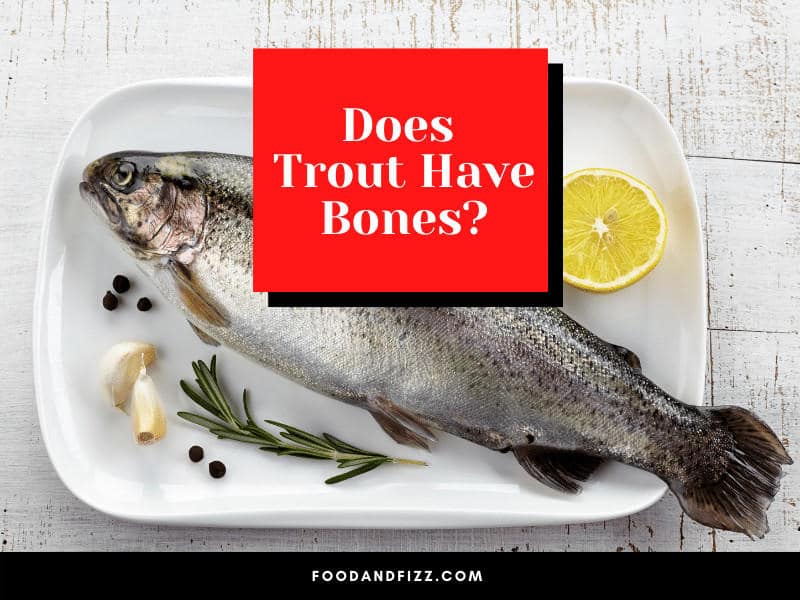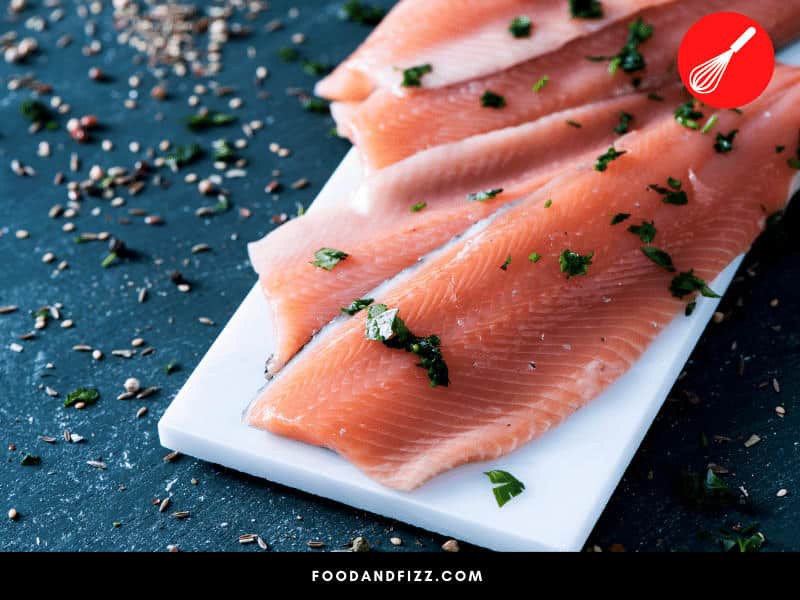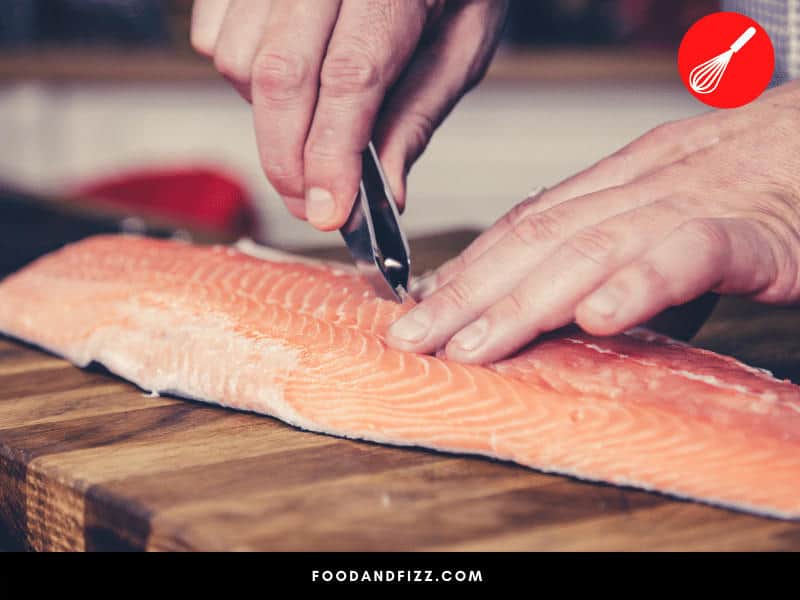Trout are among the most common types of fish that anglers bring home following an afternoon fishing trip. Though not as coveted as the likes of salmon or char, trout can still be the focal point of a delicious meal.
Of course, you can only maximize a piece of trout’s culinary potential if you prepare it properly. Will trout preparation involve bone removal? Learn the answer to that question and other relevant subjects by reading on.
Does Trout Have Bones?
Trout have both backbones and pin bones. The backbones of trout can be removed through proper filleting. Meanwhile, the pin bones can be removed using either tweezers or a knife. A trout’s pin bones can grow up to 1.85 inches long (47 mm). They must be removed because they could cause injury if consumed.

Are There Bones in Your Trout?
Many people don’t consider trout to be a premium piece of seafood. Still, that’s not a reflection of trout’s inherent flavor and versatility.
Trout has an accessible flavor that makes it suitable for picky eaters. The slight touch of sweetness present in its flesh also makes it more appealing.
You can also cook trout in different ways to get the most out of its flavor.
Feel free to fry, grill, bake, poach, or use numerous other cooking techniques on your trout. Chances are that the dish will turn out well as long as the fish was cooked right.
However, other things could spoil your enjoyment of eating trout. Those other things we’re referring to are bones.
A single trout will feature a large backbone and numerous pin bones. You have to remove those bones before cooking.

Why Do You Need to Remove Trout Bones?
A trout pin bone can grow to about 1.85 inches long (47 mm). That may not seem too big, but consider that in relation to the size of your throat.
If a pin bone gets stuck in your throat, you may experience difficulty breathing. Things can get worse from there.
Even if you manage to pass the pin bone through your throat, it can still do damage along the way. A larger pin bone can scratch your throat on the way down.
According to this article from the University of Utah, most pin bone scratches will heal after a couple of days. However, you will need to consult with a doctor if the scratch got infected somehow.
Trout pin bones should not be taken lightly. Remove them before cooking so they don’t end up causing any injuries.

How Do You Remove a Trout’s Bones?
Removing a trout’s bones is a multi-stage process. You will have to fillet the fish and remove the individual pin bones after that.
What exactly does that entire process entail? Find out by going through the steps detailed below.
Step 1: Clean and Descale the Trout
If you caught the trout yourself, then your first job will be to clean it up. Cleaning, in this sense, involves removing the trout’s scales and innards.
You can use a standard chef’s knife to descale the trout. Simply use the back of the knife to scrape the scales off the fish.
Be thorough when you descale but avoid applying too much pressure.
Removing a trout’s innards is a bit harder and it is not a job for the squeamish. You want to start by slicing the fish open by moving your knife from the front of the tail to the gills.
Once the trout is open, you can grab the innards and start pulling them out. Use your knife if some parts are clinging to the inside of the fish.
Alternatively, you can ask a fishmonger to descale and clean your trout.
They may do that for free if you bought the trout from them. If you’re asking them to work on a fish you caught, you will likely have to pay a small fee.

Step 2: Remove the Trout’s Head
Next, you need to work on removing the trout’s head. Use a filleting knife because you will need something flexible to work along the irregular shape of the trout’s head.
Make the initial cut near the trout’s gills and start going around the base of the head. Continue slicing until you’ve removed the head completely.
Step 3: Slice Out the Fillets
With the head removed, you can now work on slicing out the fillets.
Start from the spot where the head used to be and position your knife on top of the backbone. Once your knife is in position, slide it carefully down the length of the trout.
If you do this right, you should have one full fillet of fish. Flip the trout over and work on the other side to get the second fillet.
Step 4: Extract the Pin Bones
This last step is all about removing the pin bones. Ideally, you want to use clean tweezers for this job.
Tweezers are great for catching the pin bones and removing them with precision. They are also unlikely to damage the flesh of the fish.
If you don’t have tweezers available, your best bet is to use your filleting knife again. Use the back of the knife to gently push out the pin bones then grab them with your fingers.
Removing pin bones using your filleting knife is risky because you could damage the fish. Be very careful when using that method.

Conclusion to Does Trout Have Bones?
Trout bones must be removed before cooking because they can cause injuries if they are left inside the flesh. Use the tips included in this article if you want to successfully remove the bones from your catch.
Frequently Asked Questions about Do Trout Have Bones?
How Do You Find the Trout’s Pin Bones?
Typically, you can use your fingers to feel for the pin bones. If that doesn’t work, consider folding the trout a little bit so the pin bones become visible.
Can You Use Trout Bones in Fish Stock?
Using trout bones to flavor your fish stock is not recommended. The flavor extracted from the bones is very strong. It will likely overwhelm the flavor of the other ingredients.

